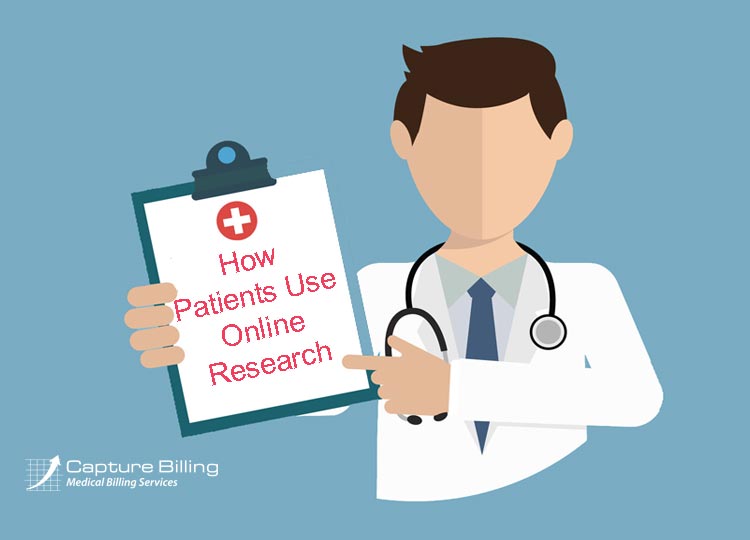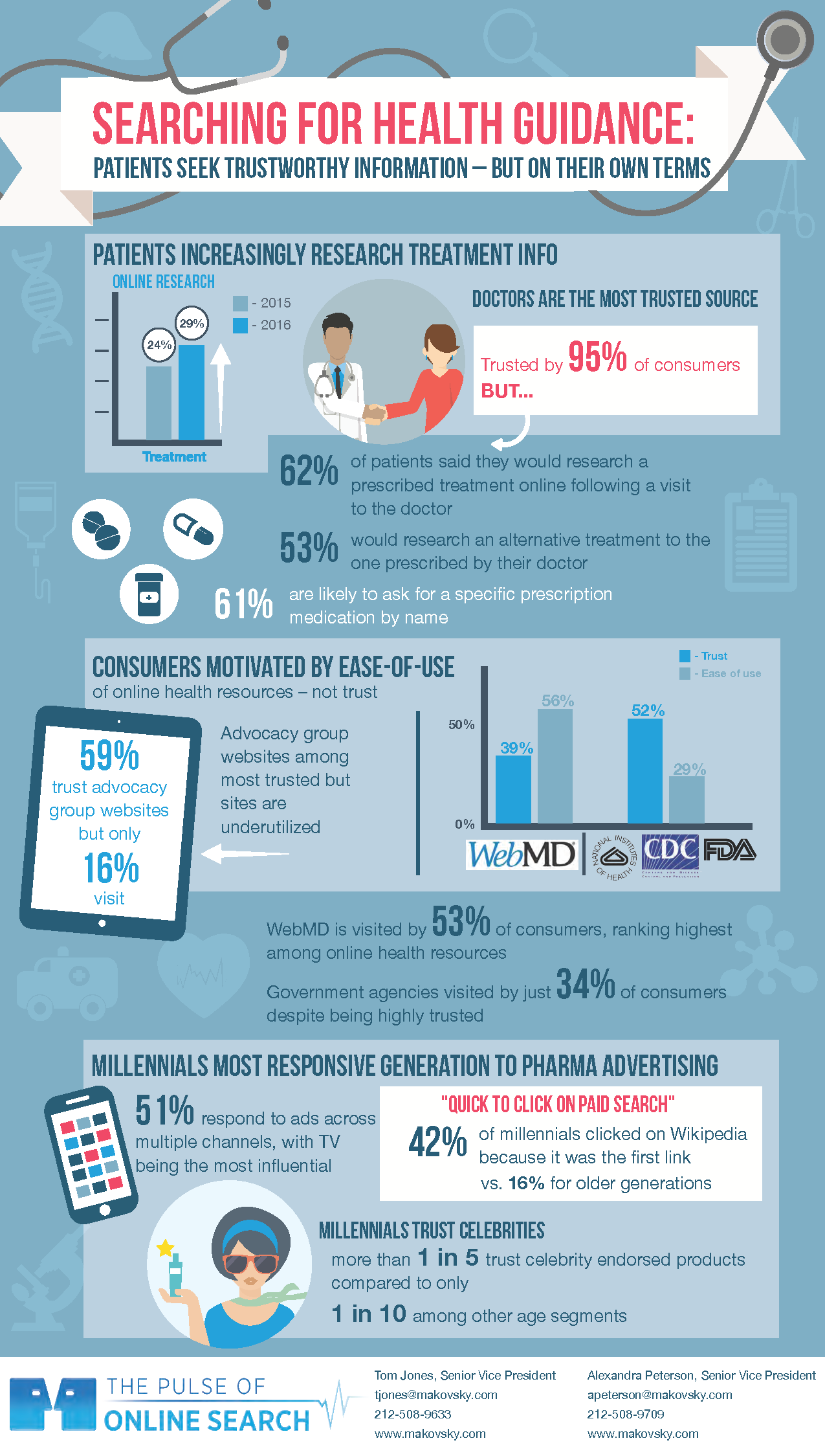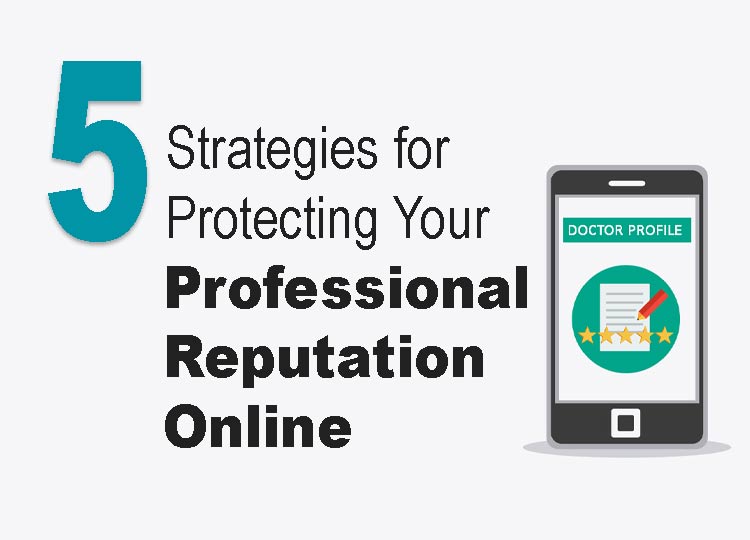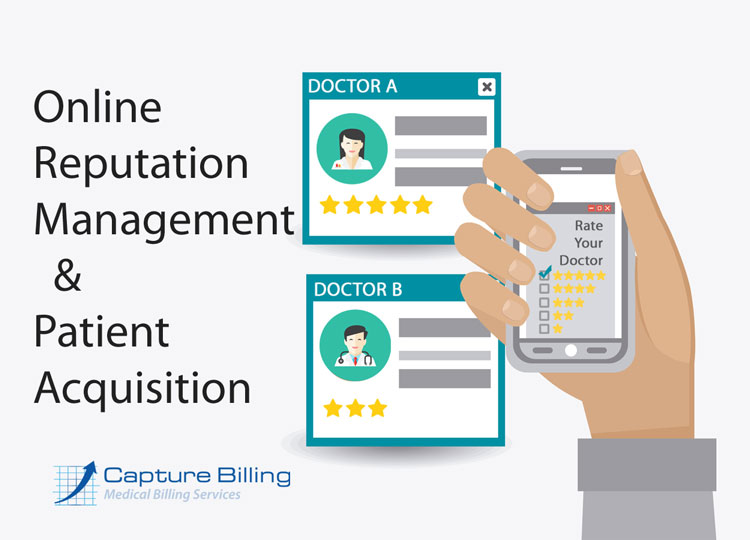
Image Source
Medical coding and billing proves that commuting to a physical campus to invest years and hefty tuition isn’t always necessary to succeed. This allied health discipline is accessible with simply a post-secondary certificate. Online schools are increasingly adding medical coding and billing programs to train students with in-demand patient recordkeeping skills. The U.S. News reported 10-year projected job growth at 15 percent for medical coders and billers. Graduates enter a changing healthcare industry where 29,000 health IT jobs will be created by 2024. According to “Coding Edge” magazine, the income potential is also exceptional with Certified Professional Coders claiming $ 47,796 on average.
In this article, we’ll distinguish the 20 Best Medical Coding and Billing Programs Online to aid your collegiate search. Making our list began with the CAHIIM Program Directory to find schools meeting health information management training standards. We narrowed down to distance programs available at least 90 percent online, excluding applied practicum. Each certificate or degree had to contain 20+ credits and fulfill the requirements for AHIMA and/or AAPC certification. Then, we configured the list’s order using rankings from the U.S. News, Forbes, Niche, and other media publications. Particular attention was given to class size, job placement, starting salary, retention, and transferability.
Without further introduction, we present the
20 Best Medical Coding and Billing Programs Online:
1. Rutgers University

Image Source
Belonging to the Association of American Universities (AAU), Rutgers University is a prestigious public, sea-grant RU/VH research powerhouse endowed for $ 1 billion to educate over 67,000 students from New Brunswick, New Jersey, and beyond. The U.S. News and World Report ranked Rutgers as the 25th Top Public University nationwide. Holding Commission on Accreditation for Health Informatics and Information Management Education (CAHIIM) accreditation, the School of Health Professions offers a 21-credit Medical Coding Certificate primarily online. Students master appropriate ICD-10-CM coding schemes to pass the CCA certification examination.
Online Tuition: $ 367 (in-state) or $ 862 (out-of-state) per credit
Learn more about Rutgers University’s Medical Coding and Billing Online Program here
2. Florida A&M University

Image Source
Endowed for $ 127 million, Florida A&M University is a public, land-grant Historically Black Colleges and Universities (HBCU) founded in 1887 that’s serving over 9,900 students face-to-face in Tallahassee and online. The U.S. News and World Report recognized Florida A&M University as America’s seventh Best Historically Black College. Within the CAHIIM-accredited School of Allied Health Sciences, online students could earn the Medical Coding Certificate. The program’s self-paced, 15-week online modules train students to accurately apply inpatient and outpatient procedure codes.
Online Tuition: $ 151 (in-state) or $ 549 (out-of-state) per credit
Learn more about Florida A&M University’s Medical Coding and Billing Online Program here.
3. CUNY School of Professional Studies

Image Source
Located in Midtown Manhattan, the City University of New York (CUNY) School of Professional Studies opened in 2003 as a public, co-educational distance learning center with over 2,000 credit students. According to the U.S. News and World Report, the School of Professional Studies delivers the 11th Best Online Undergraduate Programs nationally. One such offering is the 20-month, CAHIIM-aligned Online Certificate in Medical Coding. Students are given interviews with Mount Sinai or Bronx-Lebanon Hospital for paid coding apprenticeships.
Online Tuition: $ 275 (in-state) or $ 560 (out-of-state) per credit
Learn more about the CUNY School of Professional Studies Medical Coding and Billing Online Program here.
4. University of Cincinnati

Image Source
Educating over 44,300 students, the University of Cincinnati is Ohio’s oldest and second-largest public, space-grant research institution with campuses in Uptown, Blue Ash, Batavia, Reading, and online. The U.S. News honored UC as America’s 64th top public school and 90th most veteran-friendly college. Through the Clermont College, the CAHIIM-accredited Health Division confers a Certificate in Medical Biller/Coder online. The open-admission program spans 12 months to teach healthcare’s recordkeeping and reimbursement strategies.
Online Tuition: $ 222 (in-state) or $ 523 (out-of-state) per credit
Learn more about the University of Cincinati’s Medical Coding and Billing Online Program here.
5. Indiana University – Purdue University Indianapolis

Image Source
Featuring 200+ programs, Indiana University – Purdue University Indianapolis is a merger between two premier public, co-educational institutions to educate over 30,100 students from the world’s “Racing Capital” and online. Indiana University – Purdue University Indianapolis (IUPUI) was crowned the country’s 106th Best Public University by the U.S. News and World Report. With CAHIIM accreditation, the School of Informatics and Computing gives a 26-credit Medical Coding Certificate. Online coursework will sharpen ICD and CPT coding expertise before a culminating supervised practicum.
Online Tuition: $ 266 (in-state) or $ 957 (out-of-state) per credit
Learn more about Indiana University – Purdue University Indianapolis’ Medical Coding and Billing Online Program here.
6. Great Falls College Montana State University

Image Source
Established in 1969, Great Falls College Montana State University is a public, two-year institution affiliated with Montana State University that’s educating over 4,700 students across the Billings Metro and virtually. The U.S. News and World Report applauded Montana State University as the 118th Top Public University. Online students can pursue the Health Information Coding Specialist Certificate in three terms for 47 credits. The program maintains CAHIIM and AHIMA approval for entry-level clinical IT jobs.
Online Tuition: $ 161 (in-state) or $ 265 (out-of-state) per credit
Learn more about Great Falls College Montana State University’s Medical Coding and Billing Online Program here.
7. Alfred State College

Image Source
As the SUNY College of Technology, Alfred State College offers publicly funded, tech-oriented programs in 70+ fields to over 3,500 students in rural Upstate New York. According to the U.S. News and World Report, Alfred State University is the North’s sixth Top Public College and sixth Best School for Veterans. With 85 percent retention, the CAHIIM-accredited Health Information Technology program offers an online Coding Reimbursement Specialist Certificate. Aspiring CPC professionals will complete a 160-hour supervised practice experience.
Online Tuition: $ 270 (in-state) or $ 406 (out-of-state) per credit
Learn more about Alfred State College’s Medical Coding and Billing Online Program here.
8. St. Catherine University

Image Source
Proclaimed the “Nation’s Largest College for Women,” St. Catherine University is a private, nonprofit liberal arts institution enrolling over 5,000 females in Minnesota’s Twin Cities Metro and online. St. Catherine University was chosen as the Midwest’s 15th Best College and 13th Top Value by the U.S. News and World Report. The College of Adults maintains CAHIIM accreditation for Health Information Technology programs, including an Online Coding Specialist Certificate. Finishing this 36-credit curriculum on CPT and ICD coding takes 45 weeks on average.
Online Tuition: $ 680 per credit
Learn more about St. Catherine University’s Medical Coding and Billing Online Program here.
9. Keiser University

Image Source
Celebrating its 40th anniversary, Keiser University is a private, nonprofit institution catering to over 16,900 non-traditional students in Fort Lauderdale, Daytona Beach, Lakeland, Orlando, Tampa, and online. According to the U.S. News and World Report, Keiser stands as the 23rd Best Southern School and 11th Top Value. With CAHIIM approval, the 60-credit Associate of Science (A.S.) in Medical Administrative Billing & Coding degree is delivered online. Courses like medical ethics, pharmacology, and human anatomy culminate with an externship.
Online Tuition: $ 669 per credit
Learn more about Keiser University’s Medical Coding and Billing Online Program here.
10. Fisher College

Image Source
Ideally situated on Boston’s famous Beacon Street, Fisher College is a private, nonprofit institution tracing back to 1903 that’s enrolling over 2,500 daytime, evening, and online students. Fisher is the North’s 31st Best College with the 180th Best Online Undergraduate Orograms according to the U.S. News and World Report. The School of Accelerated & Professional Studies holds CAHIIM accreditation for its 37-credit Medical Coding Certificate. Online learners spend 18 months part-time learning to appropriately record diagnostic data for AAPC credentialing.
Online Tuition: $ 369 per credit
Learn more about Fisher College’s Medical Coding and Billing Online Program here.
11. Weber State University

Image Source
Affiliated with the Church of Jesus Christ of Latter-day Saints since 1889, Weber State University is a public, co-educational institution enrolling over 26,600 students from Ogden, Utah, to Davis County and online. The U.S. News and World Report picked Weber as the West’s 76th Best University. Over 30 weeks, online students can finish the Certificate of Proficiency in Healthcare Coding for the CCA exam. Admission to the CAHIIM-accredited HIM program requires a medical terminology prerequisite.
Online Tuition: $ 252 per credit
Learn more about Weber State University’s Medical Coding and Billing Online Program here.
12. DeVry University

Image Source
Owned by one of North America’s largest publicly held education groups, DeVry University provides for-profit online education for over 42,000 students from its Downers Grove headquarters in Illinois. The U.S. News and World Report commends DeVry for America’s 120th Best Online Undergraduate Teaching. Within the CAHIIM-accredited College of Health Sciences, the Medical Billing and Coding Certificate takes 12 months. The 10-course online program equips health information technicians with today’s ICD-10 coding standards.
Online Tuition: $ 609 per credit ($ 250 for active-duty military)
Learn more about DeVry University’s Medical Coding and Billing Online Program here.
13. North Dakota State College of Science

Image Source
Boasting a 98 percent placement rate, the North Dakota State College of Science enrolls over 3,100 as a two-year, public school in Wahpeton. North Dakota State College of Science was ranked #3 Nationally by the Washington Monthly based on the Community College Survey of Student Engagement. Holding CAHIIM approval, the Health Science Cluster confers a 41-credit Medical Coding Certificate online. Virtual labs and an applied practicum ensure necessary skills for AHIMA designations.
Online Tuition: $ 155 (in-state) or $ 365 (out-of-state) per credit
Learn more about North Dakota State college of Science’s Medical Coding and Billing Online Program here.
14. National American University

Image Source
Founded by Clarence Jacobson in 1941, National American University is an independent, for-profit institution in Rapid City, South Dakota, with 33 U.S. locations to educate over 8,000. Crowned a “Top 25 Best Buy,” National American University was graded A+ for campus quality and A- for diversity by Niche. With CAHIIM accreditation, the Online Healthcare Coding Diploma trains students to properly coordinate electronic health records. The 63-credit curriculum includes online coding labs and one practicum placement.
Online Tuition: $ 373 per credit
Learn more about National American University’s Medical Coding and Billing Online Program here.
15. Charter Oak State College

Image Source
With enrollment surpassing 2,200, Charter Oak State College is a public, co-educational liberal arts school coordinated by the Connecticut Board of Regents for education in New Britain and online. On Forbes, Charter Oak ranked #2 among “Great Colleges for Adults Returning to School.” Boasting an average starting salary of $ 37,000, the CAHIIM-accredited college confers a 21-credit Certificate in Medical Coding online. Courses will transfer into the A.S. Health Information Management Major.
Online Tuition: $ 287 (in-state) or 377 (out-of-state) per credit
Learn more about Charter Oak State College’s Medical Coding and Billing Online Program here.
16. University of Alaska Southeast

Image Source
Chartered in 1972, the University of Alaska Southeast is a four-year public institution located in Juneau that’s also educating over 3,700 students in Sitka, Ketchikan, and online. Niche selected the University of Alaska Southeast as America’s 84th “Best Online College” with B+ professors. The Health Information Management Division holds CAHIIM accreditation for an Online Coding Specialist Certificate. The 30-credit curriculum opens entry-level jobs in clinics, veterinary hospitals, behavioral health facilities, and more.
Online Tuition: $ 212 (in-state) or $ 678 (out-of-state) per credit
Learn more about the University of Alaska Southeast’s Medical Coding and Billing Online Programs here.
17. St. Petersburg College

Image Source
Opened in 1927, St. Petersburg College is a public, state-funded higher learning institution serving 65,000 students in sunny Central Florida and online via the ANGEL system. In “Community College Week,” St. Petersburg College ranked 10th in America for number of associate degrees conferred. The CAHIIM-accredited Health Information Technology Department awards a 37-credit Medical Coder Certificate online. Students complete two professional practica to better understand the application of numerical codes.
Online Tuition: $ 122 (in-state) or $ 425 (out-of-state) per credit
Learn more about St. Petersburg College Medical Coding and Billing Online Programs here.
18. Lone Star College

Image Source
Based in North Harris just 20 miles north of Houston, Lone Star College offers 110+ programs to approximately 18,400 students as a public, state-funded community college system. The Chronicle of Higher Education recognized LSC for America’s third highest international student enrollment. Leading to CCA certification, the Coding Certificate is offered by the Health, Emergency, and Personal Services Division. The 15-month, CAHIIM-approved curriculum is mostly online with practicum at clinical affiliates.
Online Tuition: $ 164 (in-state) or $ 250 (out-of-state) per credit
Learn more about Lone Star College’s Medical Coding and Billing Online Program here.
19. Mercy College of Ohio

Image Source
Following the Sisters of Mercy tradition, Mercy College of Ohio is a private, nonprofit Catholic health sciences institution with 17 academic programs in Toledo, Youngstown, and online. On Niche, Mercy was declared America’s 113th “Best Online College” and 115th “Best Test Optional School.” Requiring 26 credits, Mercy’s Medical Coding Certificate is available online for CCA exam preparation. The CAHIIM-approved curriculum was updated to include the ICD-10 coding system.
Online Tuition: $ 396 per credit
Learn more about Mercy College of Ohio’s Medical Coding and Billing Online Program here.
20. Rasmussen College

Image Source
Owned by the Public Benefit Corporation, Rasmussen College is a for-profit distance learning institution based in Bloomington, Minnesota, with 17 satellites to educate over 13,600 students. Inside Higher Ed declared that “Rasmussen proves bigger isn’t always better.” As America’s 13th Best Online Value, Rasmussen houses a Medical Billing and Coding Certificate in its CAHIIM-accredited School of Health Sciences. Graduates of the nine-month program achieve a median salary of $ 31,454 with employers like the Mayo Clinic and Sanford Health.
Online Tuition: $ 310 per credit
Learn more about Rasmussen College’s Medical Coding and Billing Online Program here.
Top Medical Coding Schools
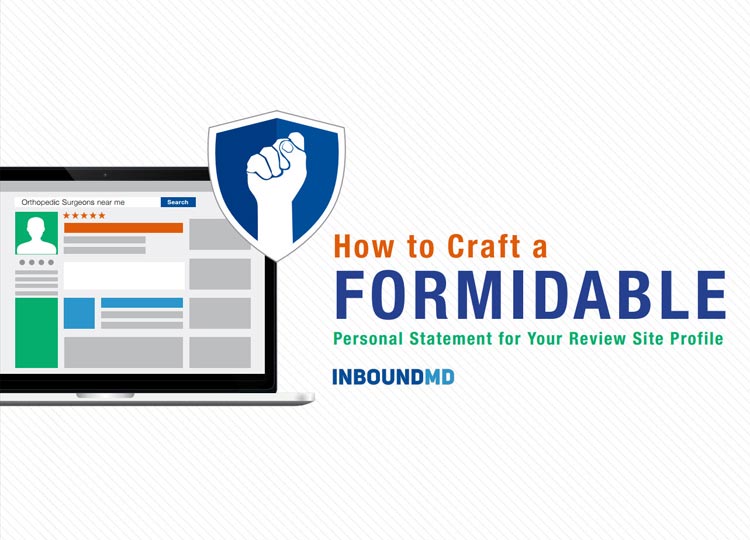
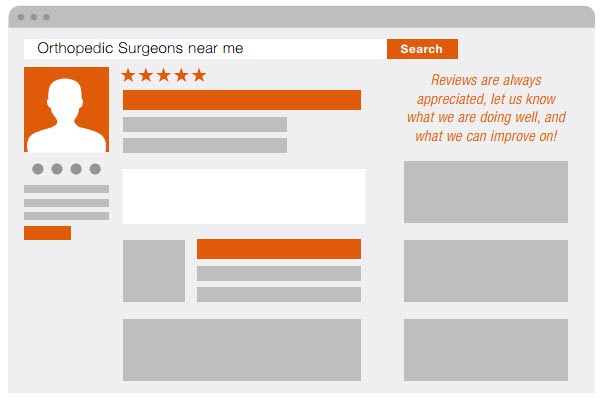 With so many patients flocking to online review sites, physicians need to create profiles that rise above the rest. One way to do this and leave a lasting first impression is to customize the physician and practice profiles as much as possible.
With so many patients flocking to online review sites, physicians need to create profiles that rise above the rest. One way to do this and leave a lasting first impression is to customize the physician and practice profiles as much as possible.



































